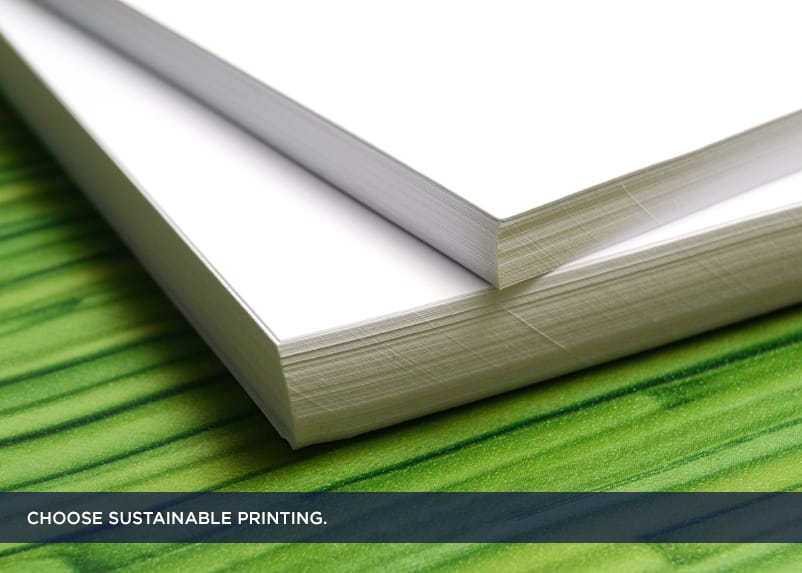
I will never forget that day. It was 31st August 2018, one day before my birthday. I was turning 50 that year.
My day started early as I had to reach Taj Bengal by 10 a.m for the final day of ‘All India Printers Meet’ event. I was enthused to be a part of such a prestigious event. I was also a tad nervous about the awards ceremony. I was eyeing on the ‘Best Printers Award’ for some years now and this year I was among the nominees
For almost 22 years that I am the Managing Director of one of the biggest printers in Kolkata. With clientele like Ambuja Neotia, Tata Steel and Tata Pravesh, I can say that I have a successful business too. My company was regarded as one of the best in India but the top award had proved elusive
As I reached the venue rather early it was only natural to join a table to start chatting with fellow printers I was particularly friendly with.
“Last week I got hold of a soy-based ink which has only no chemicals present in it,” mentioned Mr. Mukherjee of L.K.M Printing House in the course of discussing chemical and natural inks.
“That’s great. We too use soy-based ink, but it has 0.2% of chemicals present in it,” remarked Mr Chatterjee of Chatterjee Printing Association. “I would love to shift to a completely chemical-free ink. Do give me the details.”
The discussed veered to other aspects of environment-friendly printing, which seemed a common interest.
“Last month we managed to produce half a ton of recycled paper,” contributed Mrs Chowdhury of A.R.C Printing House “I wonder if any of you read my blog about the recycling process?”.
“Oh yes, I did. It was a lovely read. Everything about recycling paper and its importance was explained wonderfully.” exclaimed Ms Roy of Roy Printers.
All this while, I was thinking about why this great fuss about environmental printing? I appreciated the need to conserve nature but natural inks were a bit too expensive. It jarred my business sense
“What about you, Mr Sen , what ink do you use?” asked one of them to me.
“We don’t use vegetable or soy-based ink,” I said somewhat defensively. “I feel they don’t quite match chemical inks in quality as yet
The program started. Mr Tripathi, owner of one of the biggest printing houses in India, was starting to speak. He is a veteran of our industry and I used to idolise him at the beginning of my career.
“We have gathered here today for one of the most esteemed events for the printing industry and I would like to take up an issue which I feel is very important.” he began.
That’s right. He spoke eloquently on sustainable printing. He pointed out that recycling one ton of paper can save 17 trees, 7,000 gallons of water, 380 gallons of oil, 3.3 cubic yards of landfill space, save 4,000 kilowatts of energy and reduce greenhouse gas emissions by one metric ton of carbon equivalent. It was a bit of a shock to discover how widespread the impact was.
He moved on to talk of soy and other vegetable-based inks which are less harmful to the environment than their petroleum-based counterparts. By the time he finished I was feeling quite ashamed of my attempts to save a few rupees instead of the ecology.
The last nail was when the awards were announced.
“And the award for the best printer goes to L.K.M Printing House. They are not only brilliant at what they do but their responsibility and care towards the environment helped them edge out equally able nut less responsible bcompetitors,” Mr Tripathi said.
He seemed to be looking right at me when he said that
Much chastened I returned that day determined to become a ‘green’ printer. Trust me, that is the only responsible way.